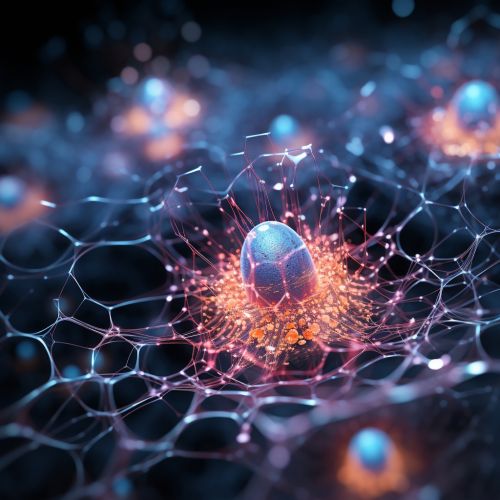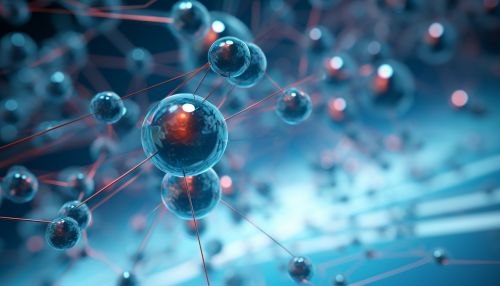Quantum Entanglement in Biological Systems
Introduction
Quantum entanglement is a physical phenomenon that occurs when a pair or group of particles interact in ways such that the quantum state of each particle cannot be described independently of the state of the others, even when the particles are separated by a large distance. This phenomenon has been largely studied in the field of physics, but recent research has started to explore its potential role in biological systems. This article will delve into the concept of quantum entanglement in biological systems, discussing its potential implications and the current state of research in this field.


Quantum Entanglement: A Brief Overview
Quantum entanglement is a fundamental aspect of quantum mechanics, a branch of physics that describes the behavior of particles at the smallest scales. When two or more particles become entangled, their quantum states become intertwined, such that a change in the state of one particle will instantaneously affect the state of the other, regardless of the distance between them. This phenomenon, which Albert Einstein famously described as "spooky action at a distance", has been confirmed by numerous experiments and is now accepted as a core feature of quantum mechanics.
Quantum Biology: An Emerging Field
Quantum biology is a relatively new field of research that aims to understand how quantum phenomena, such as entanglement, may play a role in biological processes. While the idea of quantum effects in biology was first proposed in the 1930s, it has only gained significant attention in the past few decades. This field is still in its infancy, and much of the current research is theoretical, aiming to identify potential mechanisms through which quantum effects could influence biological systems.
Quantum Entanglement in Biological Systems
There are several proposed mechanisms through which quantum entanglement could play a role in biological systems. These include photosynthesis, bird navigation, and enzyme catalysis, among others.
Photosynthesis
One of the most studied areas of quantum biology is photosynthesis, the process by which plants and some other organisms convert light energy into chemical energy. Some research suggests that quantum entanglement could play a role in the efficiency of energy transfer during photosynthesis. Specifically, it has been proposed that entangled photons could facilitate the transfer of energy from light-harvesting complexes to reaction centers in plants.
Another area of interest is the role of quantum entanglement in bird navigation. Some species of birds are known to use the Earth's magnetic field to navigate during migration. It has been proposed that a quantum entanglement-based mechanism could underlie this ability, although this idea is still highly speculative and requires further experimental confirmation.
Enzyme Catalysis
Enzyme catalysis is another area where quantum entanglement could potentially play a role. Enzymes are biological catalysts that speed up chemical reactions in living organisms. Some researchers have suggested that quantum entanglement could help explain the high efficiency and specificity of enzyme-catalyzed reactions.
Challenges and Future Directions
While the idea of quantum entanglement in biological systems is intriguing, it also presents several challenges. One of the main issues is that quantum effects are typically observed at very low temperatures and in isolated systems, conditions that are not typically found in biological systems. Despite these challenges, the field of quantum biology is rapidly growing, and future research may provide further insights into the role of quantum entanglement in biological systems.
